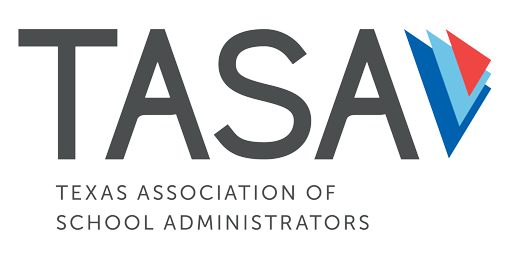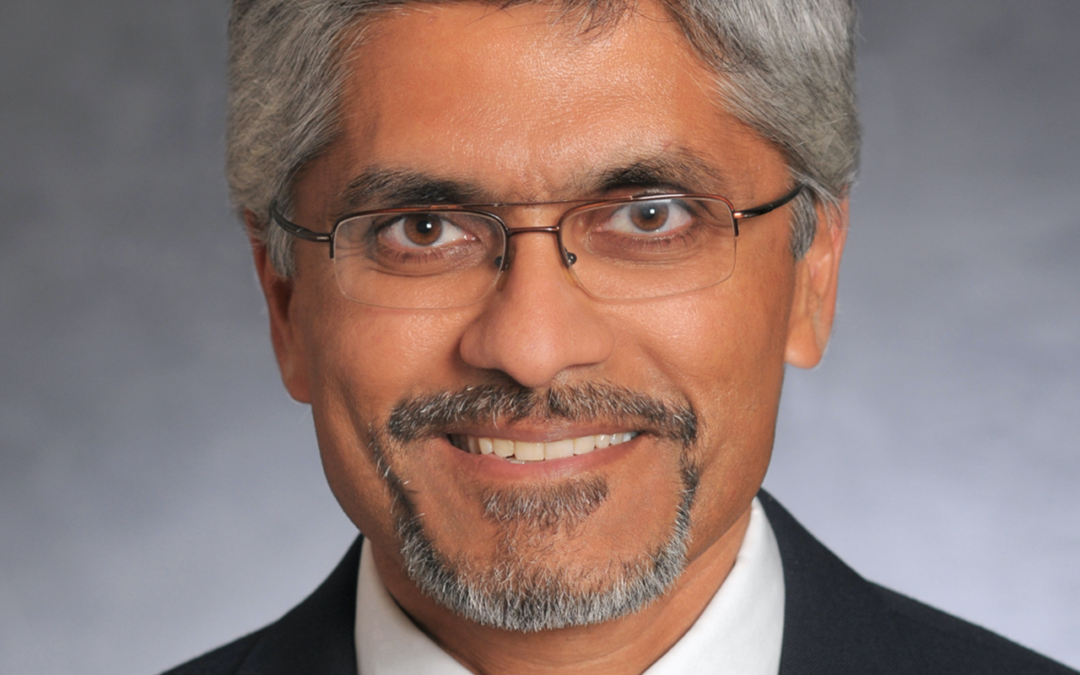by Naveen Cunha, 2024 Texas Secondary Teacher of the Year
The tradition of giving an apple to a teacher started in the 1700s when poor families gave teachers baskets of fruit and vegetables from their farms. Since then, it has become a symbol of our profession.
What is the most important part of an apple? Is it the beautiful, shiny, red skin that protects the juicy inside and provides part of one’s daily fiber requirement? Is it the tasty, nutritious flesh underneath? Consider, it being … the seed. Properly cared for, the seed has the potential to grow into a tree capable of giving off hundreds of fruit of its own over its lifetime.
Apples arrive in our classrooms in different colors, tastes, flavors, and sizes, some bruised, and damaged, some shiny, some dull, each in various stages of ripeness. What we do with these apples is our choice. I believe it is our duty to get through the covering, the chaos, the noise, and focus on the potential within.
As this year’s state secondary teacher of the year, I have been asked many times how I feel. Unlike other awards I have won, this one is the direct result of being recognized by my peers. But it was not for me. I certainly did not do it all by myself.
We do not get to choose who comes through our doors or what students are dealing with socially, emotionally, physically, mentally, spiritually. But it is our duty to give them our best. I may have the passion, knowledge, and energy to connect the students to their learning. It’s not about ME. It’s about WE. I received my bachelor of science in geology and eventually went on to teach robotics. My transition from rocks to robots was due to a love of learning. As technology evolved, I found new things to enjoy and play with. It is this interest, this love, this passion for learning and the content, that I bring to my classroom.
My family bought and worked a peach farm together. Similarly, my job became my family’s job. Vacation trips to the Grand Canyon, the meteor crater, fossil beds in several states, mountain hikes, were fun, but also supported my efforts in the classroom. They are a part of my WE.
Within our schools, we are members of different circles, communities, tribes, houses, or groups. Our first line of support in the classroom are our colleagues. They help reflect and build, pick you up when you stumble, and they are there when things DO. NOT. WORK. They understand what you are going through every minute of the day. They are a part of my WE.
My campus leaders have always been supportive of our classroom needs, with time, resources, and support from helping me take kids across the country to participate in national competitions, to letting me set up a 3-foot-deep pool in our shop, hoping it doesn’t leak over the weekend. I could not have been able to serve our kids without their support. They are a part of my WE.
All the district organizations are there for one purpose: to help teachers do their jobs. The technology department helps make sure everything ran right: library services are contributed and supported whenever asked; transportation brings my kids to and from school safely and also takes us places beyond our classroom; the fine arts department shares their facility for use; and the conscientious custodians make sure everything is clean and safe for my kids, every day. Every department in our district is there for my classroom and is part of my WE.
My family has lived in the Bryan/College Station area for 33 years. It’s a great place to raise a family. My wife and I are both educators and know what is required to raise a family, from the resources of the local university, museums, city government, members of the public, and businesses who step up and fulfill our crazy requests. They are part of my WE.
In July of 1969, Neil Armstrong was the first man to walk on the moon. Michael Collins designed the mission patch with the help of his crewmates Neil Armstrong and Buzz Aldrin. It was unique in that they chose not to include their names, to honor all those men and women who worked toward that historic mission. These three men represented the 400,000 people who worked on every part of that historic mission, including Katherine Harris from “Hidden Figures” who helped to calculate the trajectory to the moon, those who built the craft, prepped their food, designed and made their protective gear, and filled up those enormous tanks. Those astronauts knew the strength, and importance, of the WE.
Like the apple seeds, students also have the potential to grow, develop, and give off fruit of their own, each bearing their own seeds, long after their experiences in our classrooms are over. Where will they be planted? When will they bear fruit? We may not know the answers to these things, but as the farmer continues to have faith that their efforts will make a difference, so must we have faith that our efforts, along with our WE, will transform these small kernels of life into tall, strong, providers of nourishment, shelter, and stability in society long into the future.






